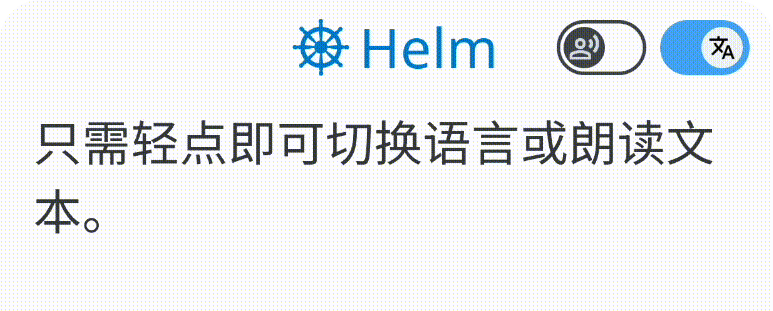用新鲜、真实的内容,自然地学习语言!

热门话题
按地区探索
 2017 年中子星合并观测结果对类轴子粒子(潜在的暗物质成分)产生了新的限制。
2017 年中子星合并观测结果对类轴子粒子(潜在的暗物质成分)产生了新的限制。
 圣路易斯华盛顿大学的研究人员在中子星碰撞碎片中发现了新的物理信号,这可能有助于揭示暗物质的本质。
圣路易斯华盛顿大学的研究人员在中子星碰撞碎片中发现了新的物理信号,这可能有助于揭示暗物质的本质。  LIGO 和 Virgo 探测到的 2017 年中子星合并观测结果被用来推导类轴子粒子的新约束。
LIGO 和 Virgo 探测到的 2017 年中子星合并观测结果被用来推导类轴子粒子的新约束。  这些假设的粒子是组成部分或全部宇宙“缺失”暗物质的主要候选粒子。
这些假设的粒子是组成部分或全部宇宙“缺失”暗物质的主要候选粒子。
3 文章
 2017 neutron star merger observations led to new constraints on axion-like particles, potential dark matter components.
2017 neutron star merger observations led to new constraints on axion-like particles, potential dark matter components.